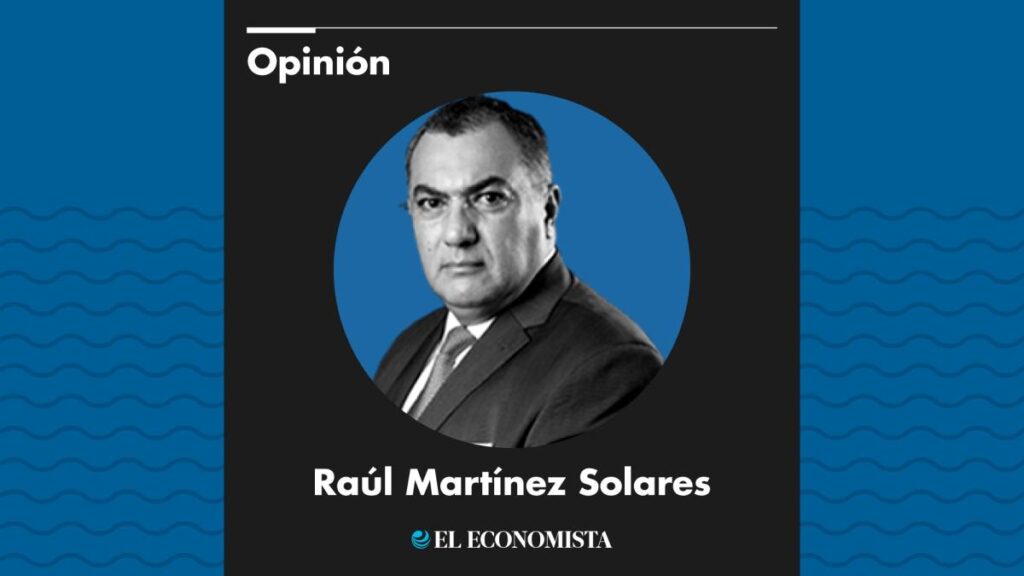Introduction
Alphonse Karr, a French novelist, once said, “The worst of all evils is uncertainty; until the reality makes us regret it.” This quote aptly describes the current state of global economic uncertainty, as various factors continue to affect financial markets and economic prospects worldwide.
The Role of US Interest Rates
One crucial aspect is the uncertainty surrounding the behavior of the US Federal Reserve’s reference rate and its subsequent impact on Mexico’s interest rates. Historically, there has been a significant correlation between the Mexican reference rate and the US Federal Reserve’s rate. This relationship is influenced by factors such as the interest rate differential between Mexico and the US, which affects foreign investment in Mexico.
Flight to Quality
In times of volatility, investors often engage in a “Flight to Quality” or “Flight to Secure,” moving their resources from emerging economies or countries with economic or financial issues to perceived risk-free assets, such as US Treasury bonds. This phenomenon has occurred even when the source of volatility was within the US, as seen during the 2008 financial crisis.
Current Uncertainties
However, several factors are currently altering this typical behavior. There is uncertainty about the Federal Reserve’s stance on interest rates and its commitment to autonomy. After post-pandemic inflation led to rate hikes, the Fed began lowering rates in September of the previous year. Still, they interrupted this process this year due to concerns that tariffs imposed by the Trump administration would cause inflation, necessitating higher-than-usual rates to prevent further inflation.
Internal Pressures in the US
There are internal pressures in the US, particularly from President Trump, who seeks to expedite rate reductions to stimulate economic recovery. Additionally, there is a dispute between Trump and the Federal Reserve president, who was appointed by Trump during his first term. Trump has sent signals suggesting attempts to influence the Fed’s behavior and has made persistent claims about potentially removing the Fed president, though he later stated he had no intention of doing so.
The US Dollar’s Strength
Another complementary factor is the strength of the US dollar. The currency has depreciated against a basket of international currencies due to various factors, largely because of perceived risks in the US economy. Some believe that the Trump administration aims for a weak dollar to gain a more advantageous position in international trade.
Implications for Mexico
Mexico faces conflicting factors as well. Analysts have attempted to estimate the combined effect of tariffs on various Mexican exports to the US. The overall impact on Mexican exports appears to range between 20% (pessimistic) and around 8% (optimistic).
Mexico’s Potential Advantage
Despite these challenges, Mexico may still benefit from this rearrangement of trade forces. Its advantageous proximity to the world’s largest market could encourage further investment, taking advantage of Mexico’s preferential tariff status as an exporter.
Key Questions and Answers
- What is causing uncertainty in the global economy? Multiple factors, including the behavior of US interest rates and the perceived risks in the US economy, contribute to this uncertainty.
- How do US interest rates affect Mexico? Historically, there has been a significant correlation between the Mexican reference rate and the US Federal Reserve’s rate. The interest rate differential influences foreign investment in Mexico.
- What is the “Flight to Quality” phenomenon? During times of volatility, investors move their resources from emerging economies or countries with issues to perceived risk-free assets, such as US Treasury bonds.
- Why is the strength of the US dollar important? The depreciation of the US dollar against international currencies, largely due to perceived risks in the US economy, can impact global trade dynamics.
- What are the potential implications of tariffs on Mexican exports to the US? The estimated impact on Mexican exports ranges from 20% (pessimistic) to around 8% (optimistic), but Mexico may still benefit from its proximity to the US market.






